The Dawning of the Tudor Sunne
Article by Wendy J. Dunn
A very brief description of the War of Roses: Beginning after the captivity and death of Richard II, the War of Roses was essentially sporadic, bloody faction fighting between the noble families of York and Lancaster, both of them believing they possessed better right than the other to the ultimate prize: the English crown. Bosworth Field was the last battle between these two families.
On an English summer’s day, in 1485, two young men, with their respective armies, gazed across at each other on a place known to history as Bosworth Field- so named because it was situated near the town of Market Bosworth.
One man, 32 years old, was an experienced leader. From his teenage years he had successfully campaigned in forays against his family’s or country’s enemies. For the last two years he had been England’s King, the third one to bear the name of Richard; the army he commanded here was the stronger one.
The other man was 28. His claim to the English crown could be considered tenuous at the best. Indeed, if ever a claim shifted upon foundations of sand it was that of Henry Tudor. A descendent of John Beaufort, a by-blow (later made legitimate by an act of parliament) of Katherine Swynford and John Gaunt, fourth son of Edward III, Henry Tudor was also the grandson of a French princess who became Henry V’s Queen and mother of the tragic Henry VI. Catherine Valois, daughter of the mad Louis of France, had been widowed in her early twenties. But in her household Owen Tudor, a handsome Welsh squire with duties in her wardrobe, caught her glance, and very soon given other duties.
In a relationship spanning something like ten years Catherine bore Owen Tudor five children. It is still debated whether or not they were truly married.* As this was a Catholic age, and Catherine would have had her own household priest, my own feeling is that they were. Catherine herself grew up in family steeped with scandal, with a father suffering periods of ‘madness’, and a mother who wasn’t too sure who fathered some of her children. With a background like that for her own past history, I doubt she would have wanted any uncertainty for her own children. As well, even in our own times, a woman is unlikely to bear a man five children without being in some kind of permanent relationship with him – in the fifteenth century that generally meant marriage.
Catherine’s grandson Henry was the posthumous son of the first of these children, Edmund Tudor who married Margaret Beaufort, a twelve-year bride who became a thirteen-year old mother. Henry Tudor, Margaret’s one and only baby, grew up in extremely uncertain times, in the midst of the bloodiest conflicts of the War of Roses. These conflicts forced him to spend most of his first 28 years in exile to ensure his own survival, even so, despite the uncertainty of these times, there appeared at least one thing Henry was very certain about. After the deaths of Henry VI and his son Edward, Henry Tudor believed himself the scion of the Lancastrian family meant for Kingship.
Henry Tudor and Richard III- the last York King- two entirely different men, battling it out on this 22 day of August for life or death. Without digging away at the surface, at the beginning of the day it would seem Richard held the stronger hand to defeat this threat to his monarchy. Crowned and anointed King, a competent leader with a well-equipped and experienced army, he seemed to have all the pluses on his side. Except for one important thing. Richard the third at Bosworth Field was not the Richard of times past. Despite the fact he went into battle determined to ‘do or die’, even before this battle began I see him here as a defeated man.
Recently widowed of Anne Neville, his beloved wife, who had died a very hard death from consumption, his only legitimate son, Edward, died only months prior to his mother. Starting with Edward IV’s death, a brother Richard served devotedly from his youngest years, life for Richard had been personal disaster after personal disaster with political disasters also inflicting him at every turn. Yes, for Richard, the youngest and last remaining son of Richard, Duke of York, being made King brought no good fortune.
Of all the Kings of England, Richard is one of my three favourites. Put against the context of the times, I have faith in Richard’s sincerity and attempts to live a good life. Probably the most maligned of all English Kings, Richard was accused by the Tudor propaganda machine of slandering his mother (Edward IV born as a result of her unfaithfulness), murdering the saintly Henry VI in the Tower of London, just after he heartlessly killed his son Edward on the battlefield. Though he may have obeyed his brother’s orders to ‘put away’ Henry VI, I think it unlikely Edward employed his nineteen-year old brother as some kind of henchman – even to the extent of having Richard arrange the drowning of their brother George in a barrel of his favourite wine.
In Richard’s brief time as King the accusations continue. Some of Richard’s supposed sins then include desiring to wed and bed his own niece, the eighteen-year old Elizabeth of York. Indeed, to achieve this end, Anne Neville’s death wasn’t because of consumption – rather her death was through poison, a poison administered nightly by her husband.
Yet, here is a man with a personal motto of ‘Loyalty binds me’, who served devotedly his brother Edward IV and clearly loved his wife. Risking a healthy debate on my hands, I take a lot of this propaganda with a grain of salt. I especially don’t believe he killed his nephews. In my mind, it is more possible someone did for him, thinking it would please him. Just as Thomas Beckett had been murdered by Henry II’s knights because they thought this was his desire. My own personal feeling is that the boys were killed through the machinations of another uncle, the Duke of Buckingham, a man who not only detested the Woodville family, the family of the young Princes’ mother, but a man also a self-serving traitor.
Richard, in the short time he wore the crown of England, showed promise of being a very able monarch. He not only passed good laws protecting the common people but also encouraged the printing trade in England. But now, with the loss of his beloved wife and son – perhaps also knowing someone killed his nephews on his behalf- his heart just wasn’t in the coming battle.
Even though he fought heroically, withstanding the betrayals of trusted men virtually on the battlefield, Richard seemed to know he was destined for death. After he died with his sword in his hand, Richard’s body suffered the indignity of being stripped naked and abused before being strung across a horse. Days would pass before he was even properly buried. I believe the best epitaph for Richard comes from not one person but many. Knowing their beloved King no more, the city of York risked angering England’s new monarch, proclaiming: King Richard, late mercifully reigning upon us, was, through great treason of the Duke of Norfolk and many others that turned against him, with many other lords and nobility . . . was piteously slain and murdered, to the great heaviness of this city. Thus, with the Battle of Bosworth unquestionably won, Henry Tudor’s army crowned him King on the battlefield, some one placing Richard’s gold circlet upon his dark head, and the Tudor era began.
Further reading: Murph, Roxanne C. Richard III: The Making of a legend. Metuchen, NJ: Scarecrow Press, 1977, reprinted 1984 Michalove, Sharon D. The Re-inventing of Richard III- paper presented at the conference ‘Reinventing the Middle ages and the Renaissance, 1995.







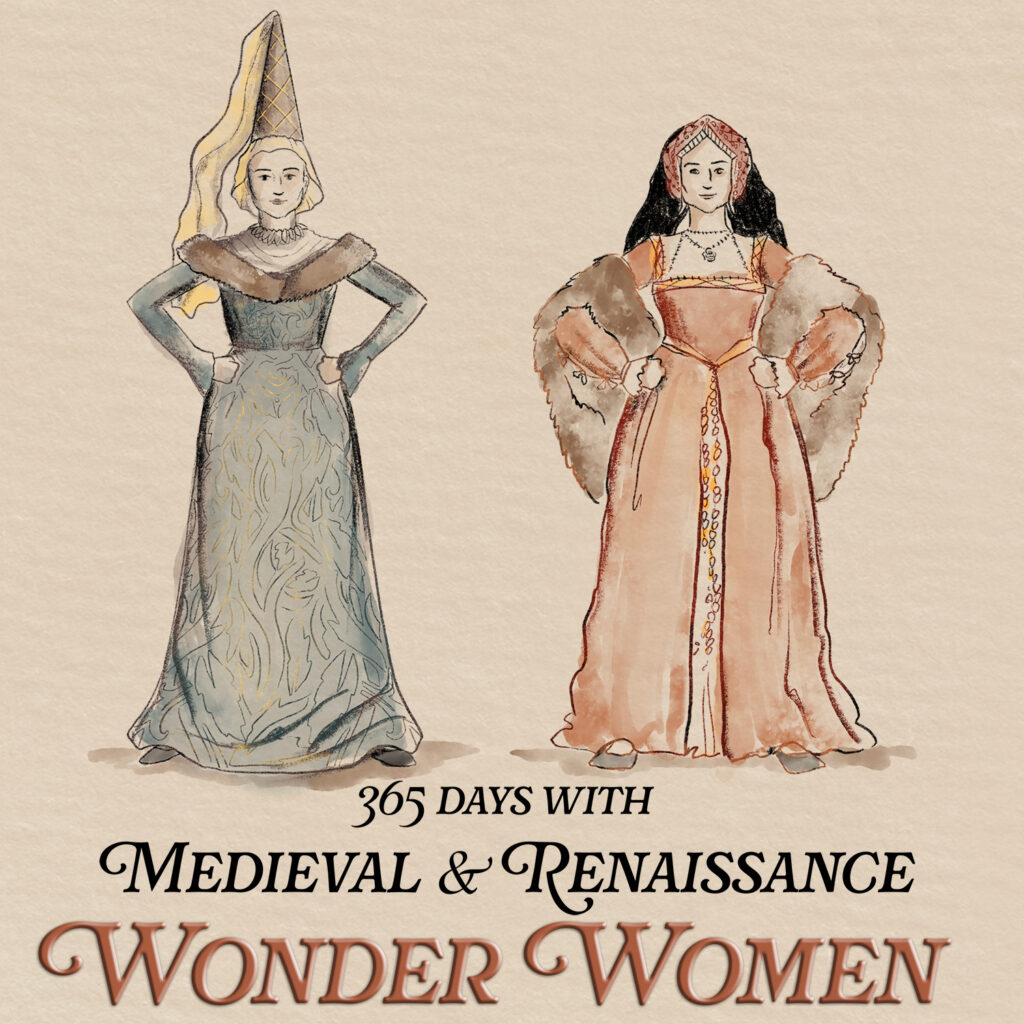

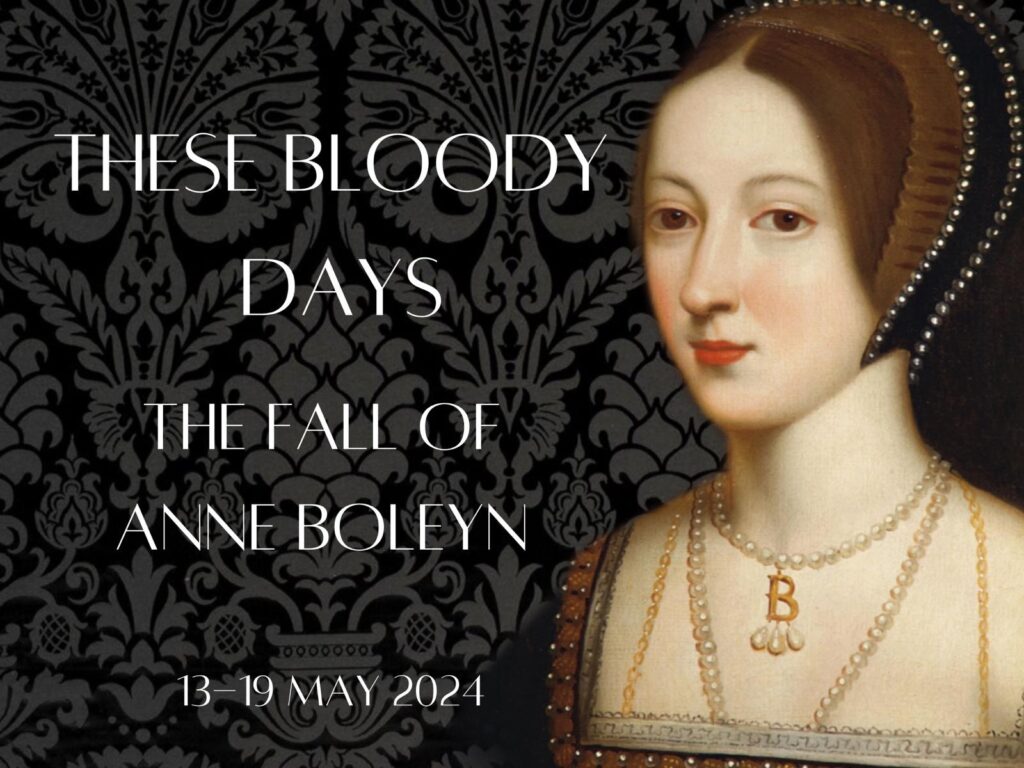
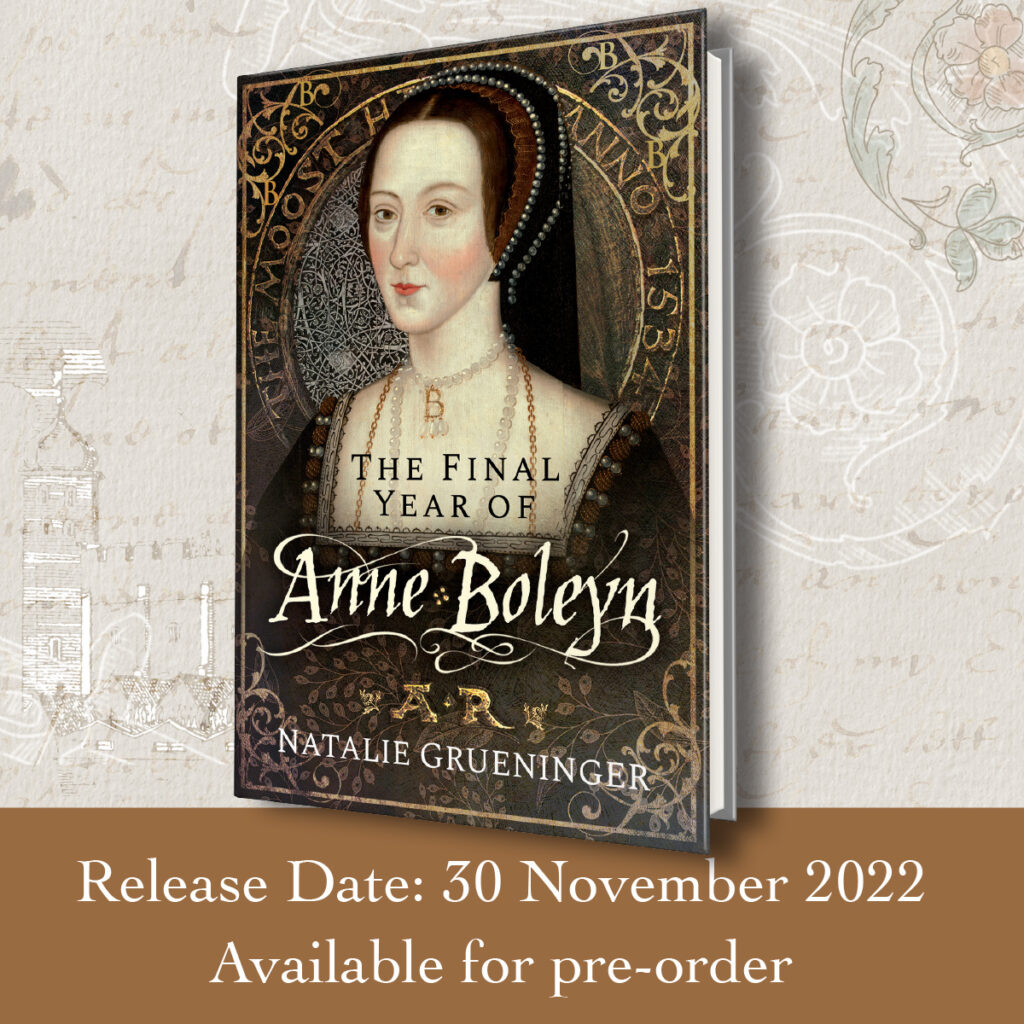
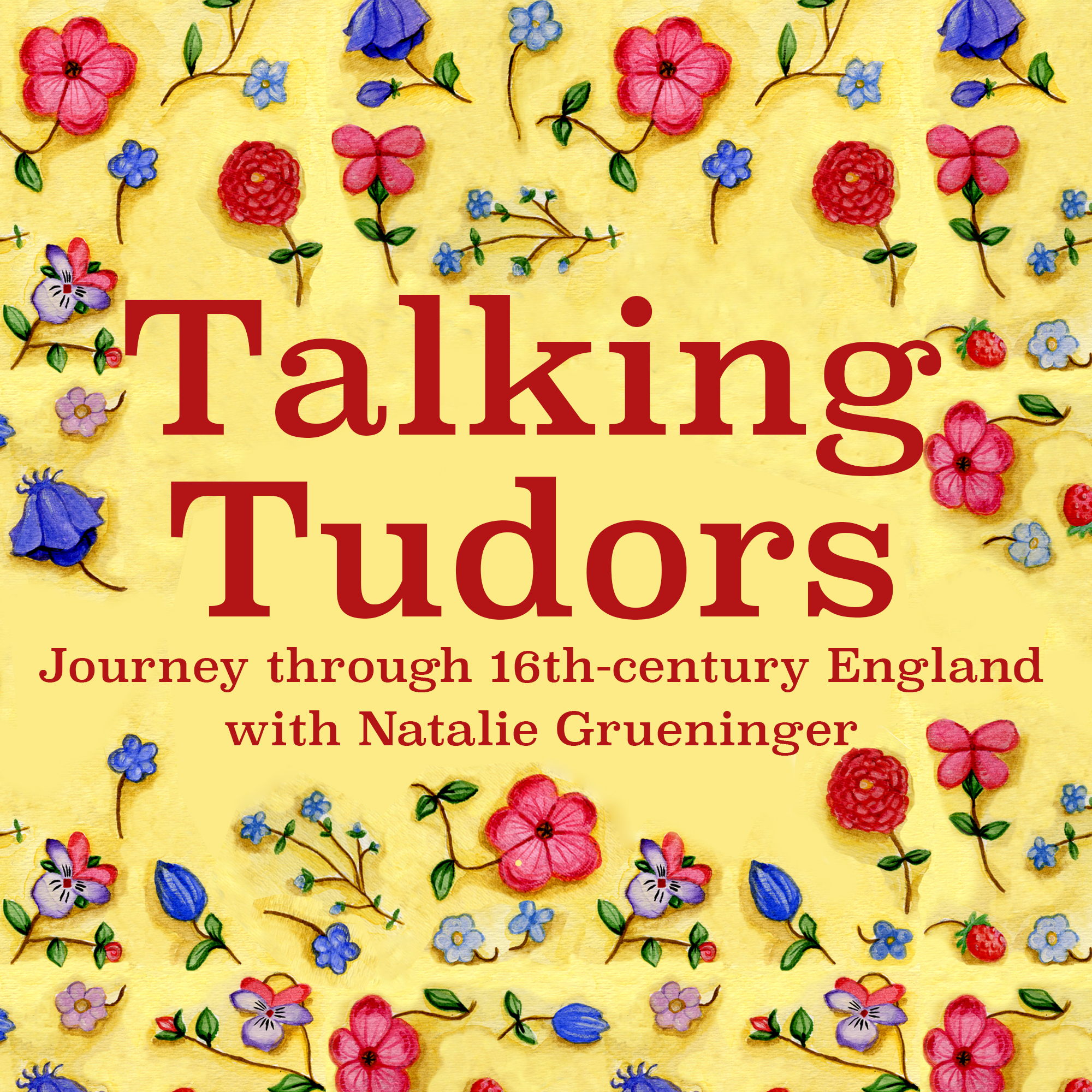

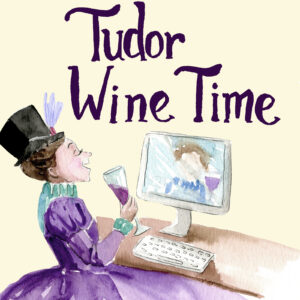
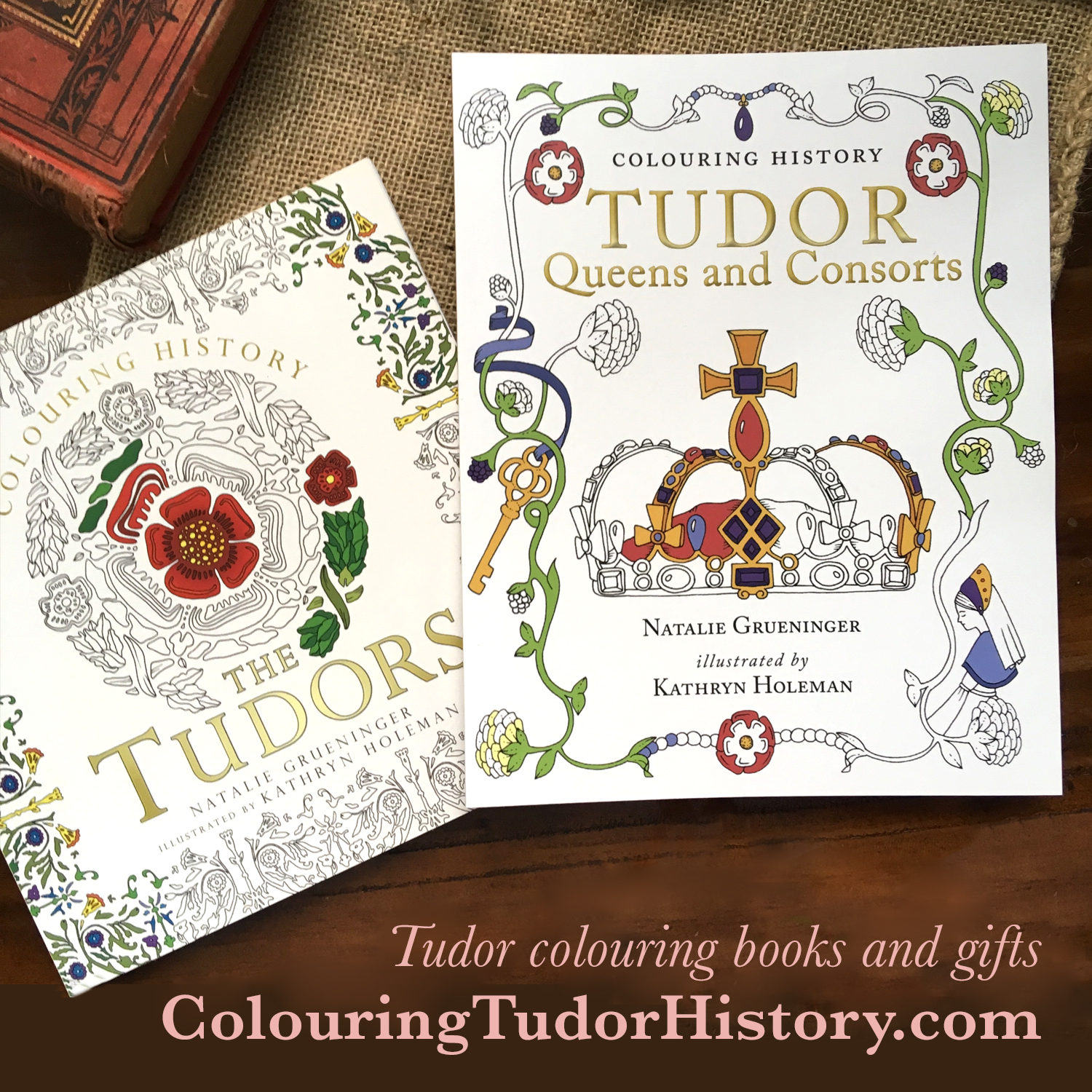



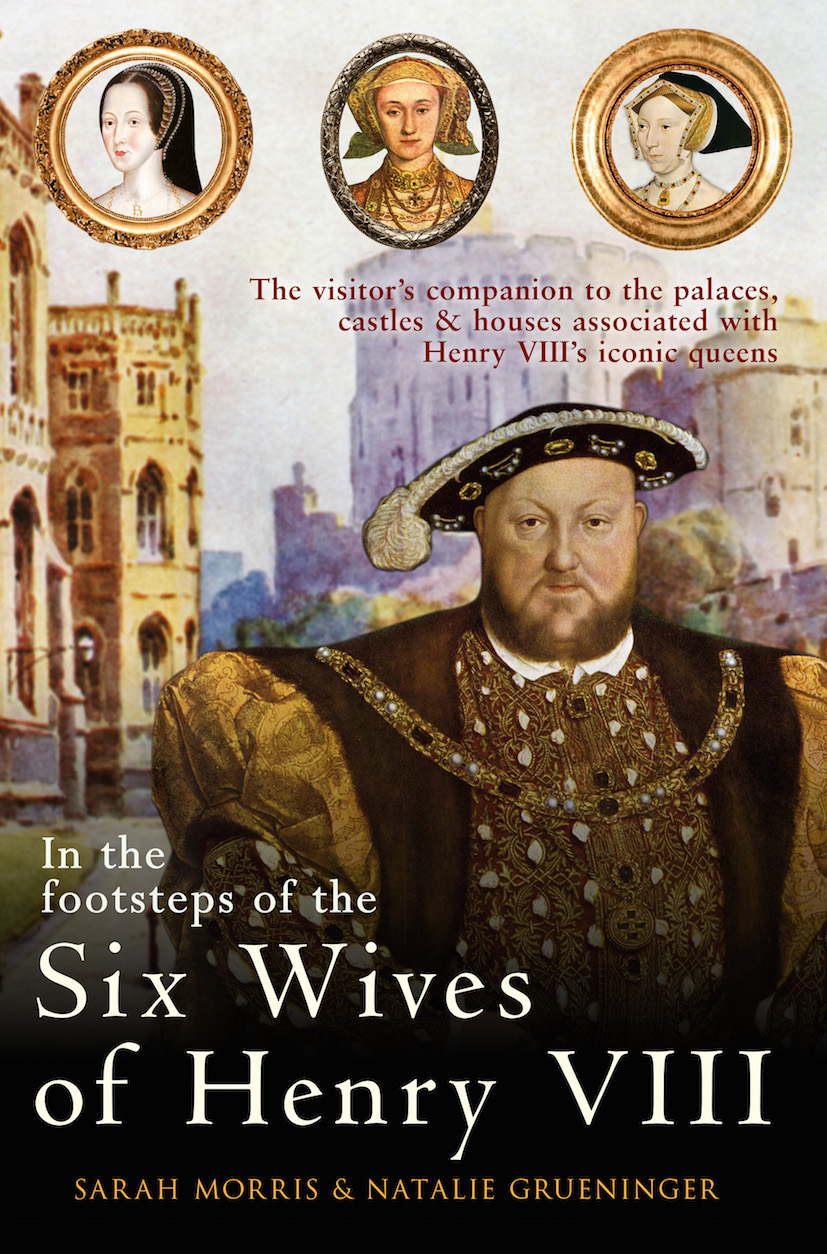
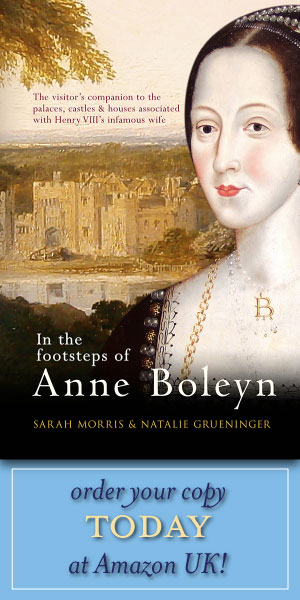


I have to say I agree with most of what you say about Richard III, however one thing that has always troubled me, was his execution of Hastings. If he truly was as innocent as I would like to believe, I can see no true and clear reason for this execution other thank his bloodlust for protecting a throne, that until that moment was not his to protect.